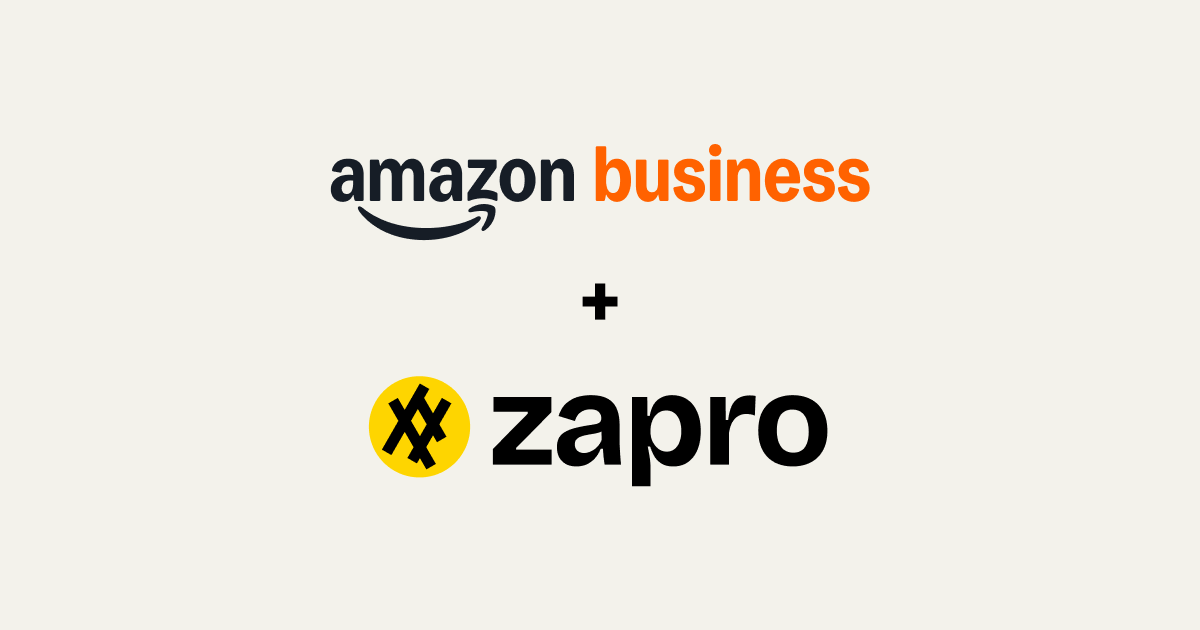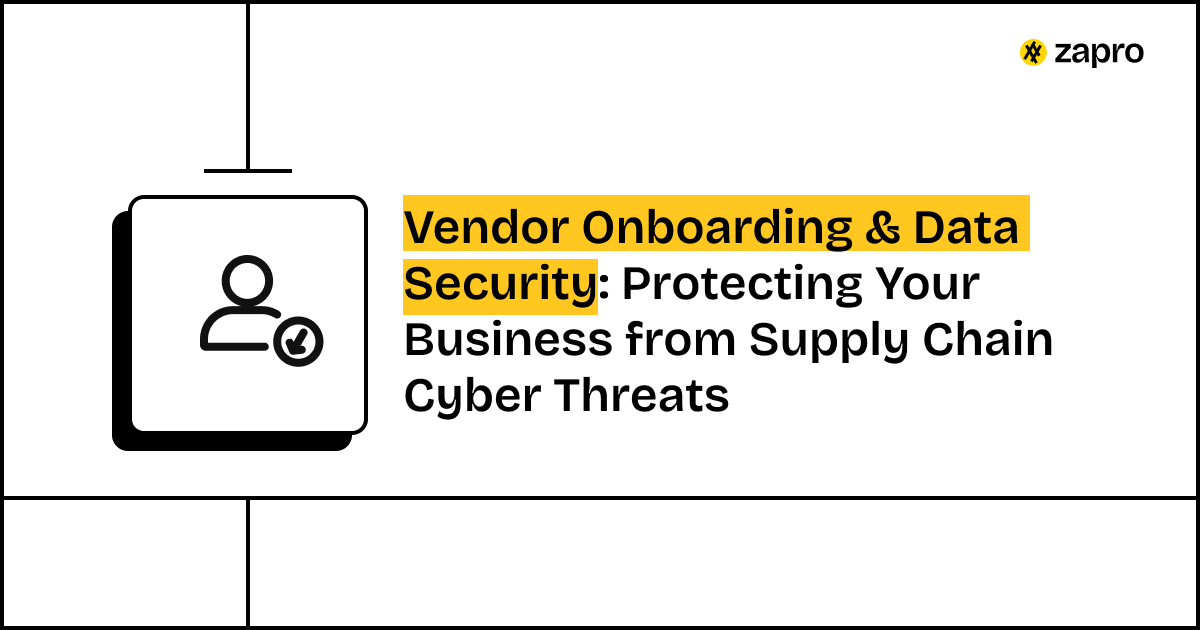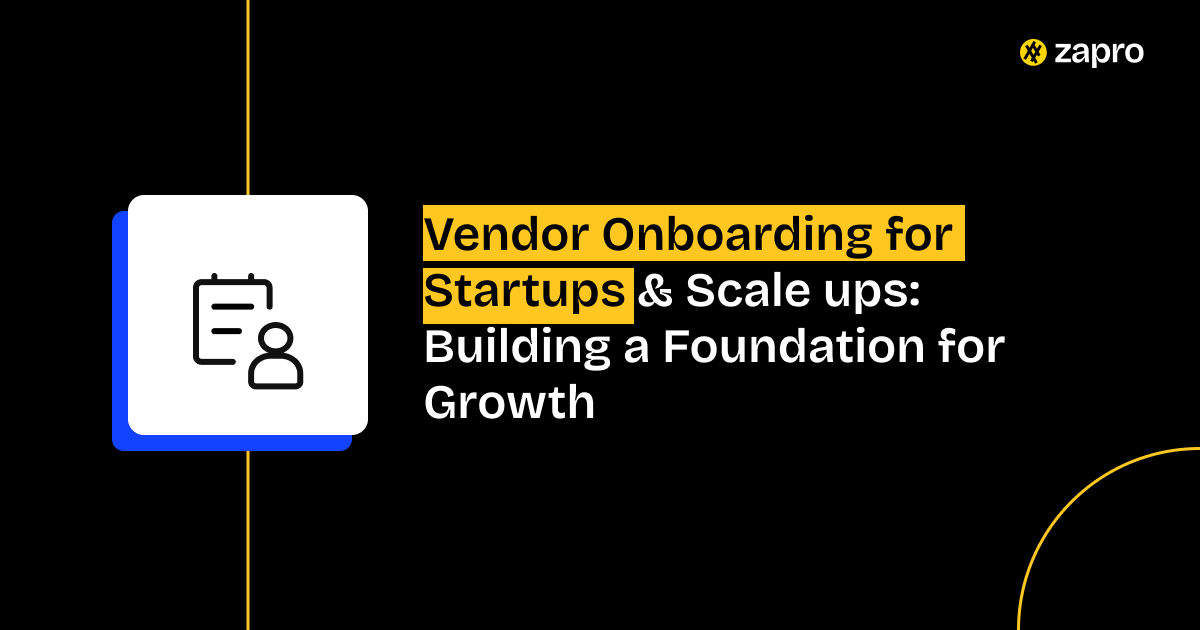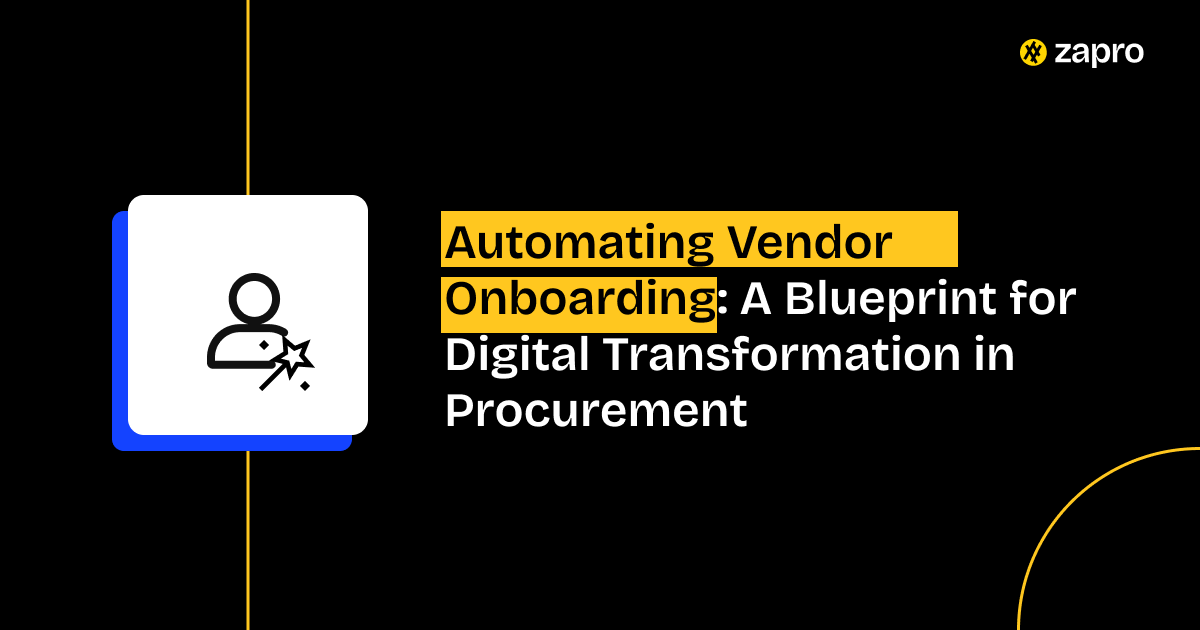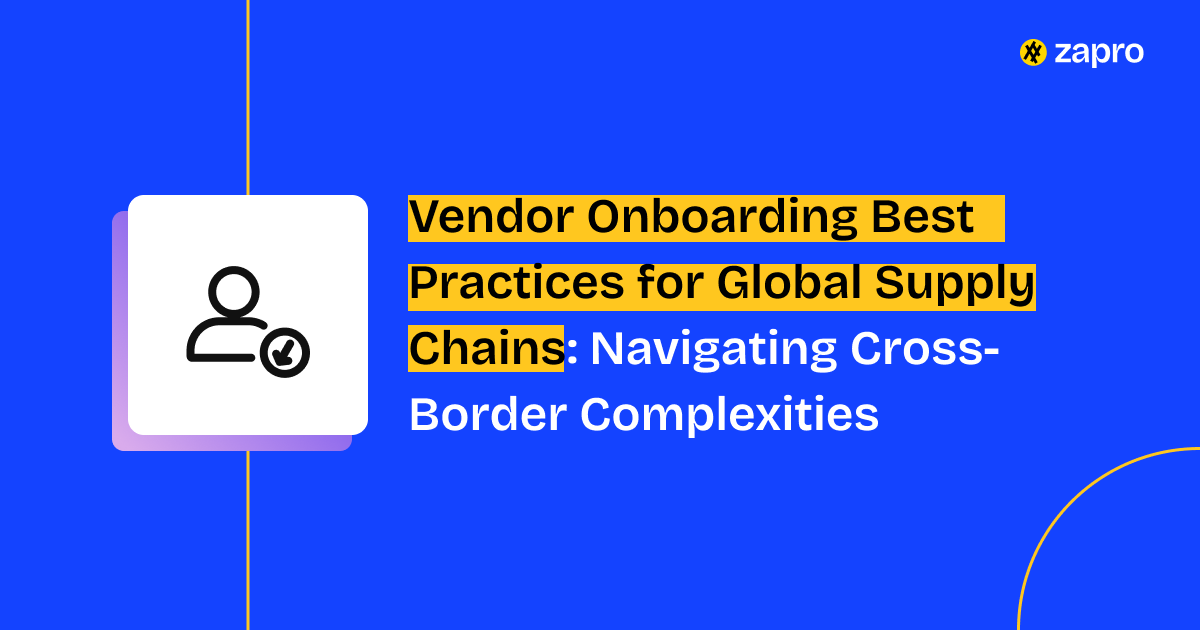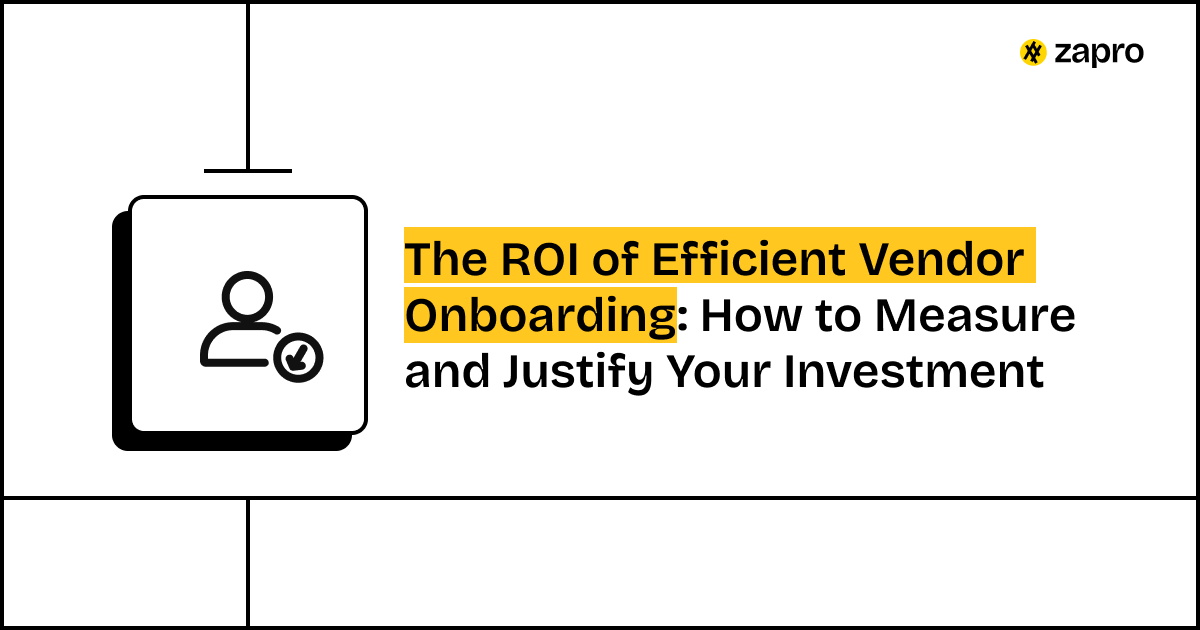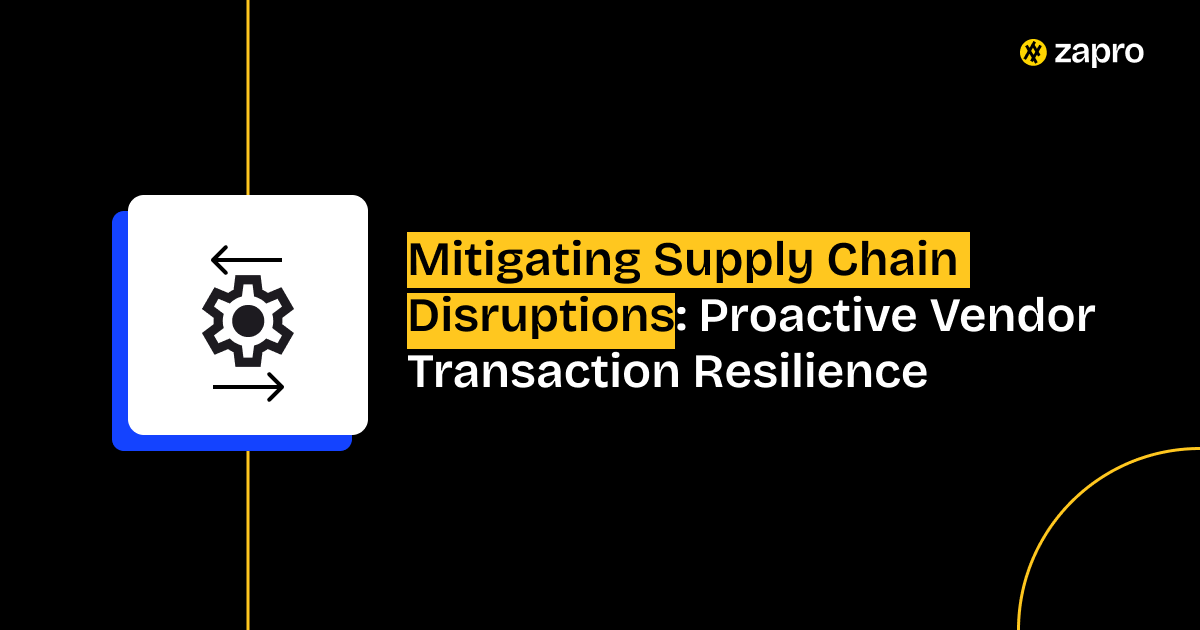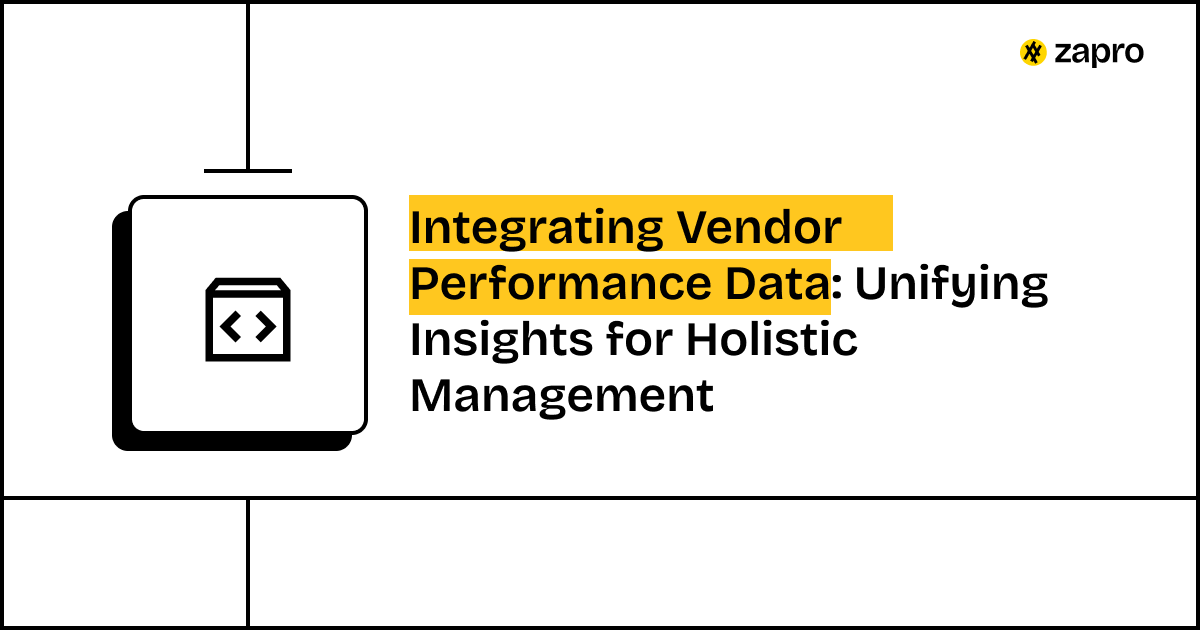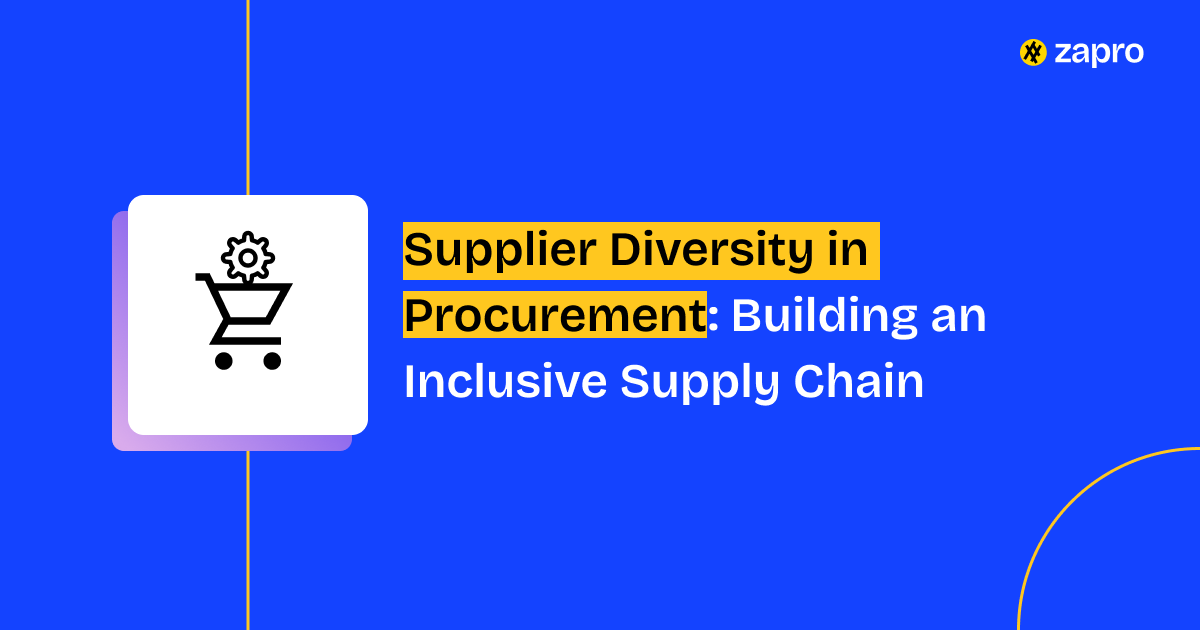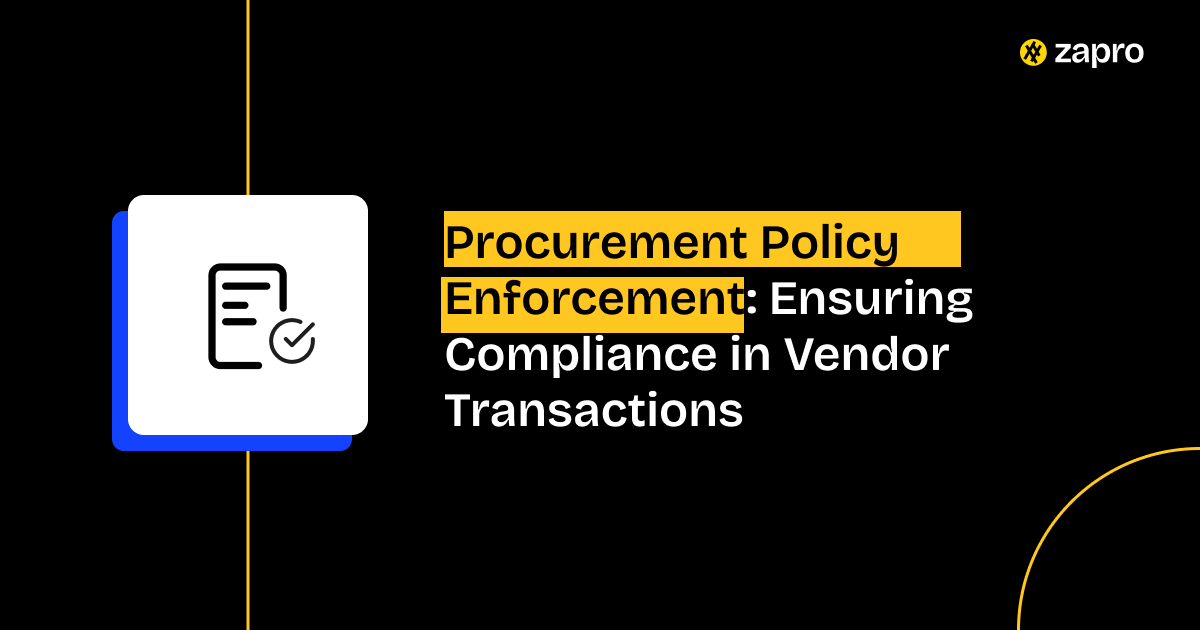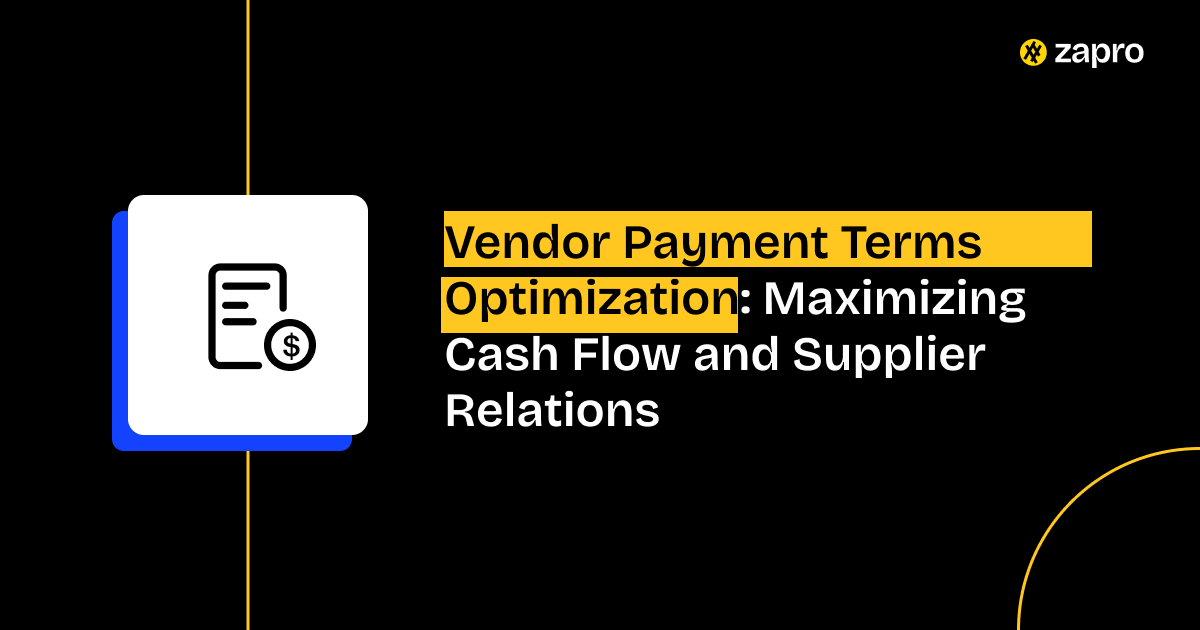The perimeter of modern business security is no longer defined by the company firewall; it extends to every third-party vendor with access to your systems or sensitive data. With supply chain cyber security risks escalating, integrating robust data protection measures into your vendor onboarding data security process is paramount.
This guide provides CISOs, Procurement Managers, and Compliance Officers with a deep dive into best practices for assessing vendor security posture, establishing clear data privacy agreements, and mitigating third party cyber risks right from the start. Onboarding is, effectively, your critical first line of defense.
The Growing Threat: Why Vendor Data Security is Critical During Onboarding
The weakest link in an organization’s security often resides outside its walls. High profile attacks, such as the SolarWinds incident, demonstrate that breaches rarely happen directly to the target; instead, they exploit a vulnerability in a third-party supplier with authorized access.
Understanding Supply Chain Cyber Risks
Supply chain cyber security risks occur when a threat actor compromises a vendor, and uses that trusted connection to breach the primary organization. This happens because companies often grant vendors high levels of access for integration, maintenance, or data processing.
- Inherited Risk: Your risk profile is multiplied by the security weaknesses of every vendor you hire. If a small, unsecure software provider has access to your customer data, that customer data is now exposed to that vendor’s security flaws.
- Access Sprawl: As a company scales, so does the number of third parties, leading to unmanaged access permissions and a rapidly growing threat surface.
Regulatory Demands (GDPR, CCPA, etc.)
Along with the new rules, regulatory entities expect the companies not only to take good care of their own data but also to maintain good security practices and hygiene of their vendors. In case aggravation of the situation occurs, that is if the failure of a supplier vetting and data transfer is at hand, then it also implies a violation of the compliance.
- GDPR (General Data Protection Regulation): Envisages detailed Data Processing Agreements (DPAs) and guarantees that third party processors will follow high security and privacy standards while processing EU citizen data.
- CCPA / CPRA (California Consumer Privacy Act): Calls for giving information and providing the residents of California with the means to control the vendors’ handling of their personal information.
- HIPAA (Health Insurance Portability and Accountability Act): Imposes the necessity of installation of specific Business Associates (vendors) security protocols that handle protected health information (PHI).
It is now a legal requirement to properly onboard a data privacy vendor.
Reputational Damage and Financial Costs of Breaches
A third-party breach, hence the consequences, are very serious and will happen right away:
- Financial Costs: May be in the form of fines from regulatory authorities, legal fees, notification expenses, and the costs related to the mitigation of the breach. All these together can amount to millions of dollars.
- Reputational Damage: Loss of customer trust, negative media coverage, and declining stock value are some of the longest-term effects that can be the cause of the company’s harm, which lasts even after the technical solution is fixed.

“A report by Gartner estimated that companies that have automated onboarding solutions may reduce data entry errors by 50%.”
Key Pillars of Secure Vendor Onboarding
An efficient onboarding procedure that ensures security incorporates the elements of defining obligations in contracts, performing comprehensive evaluations, and setting up a secure technological environment.
Comprehensive Security Assessments (Questionnaires, Certifications)
It is the main pathway to figure out a vendor’s security stance before giving them an open door.
- Custom Questionnaires: The questions are really detailed and they are tailor-made for the level of access or the sensitivity of data that the vendor is going to handle. They ask about network security, incident response, and employee training, etc.
- Evidence Gathering: Do not take a “Yes” at your word. Ask for written evidence like penetration test reports, security policies, and company charts.
Data Processing Agreements (DPAs) and Privacy Clauses
A DPA is a formal agreement that outlines the requirements for the vendor to perform, handle and secure the company data that includes business-sensitive and customer personal data.
- Strict Requirements: DPAs are required to specify data usage limitations, mandatory breach notification procedures, and clear data ownership.
- Privacy Clauses: Ensure that the vendor standard contracts include security policy compliance and regulatory requirement clauses (such as GDPR).
Secure Information Exchange and Storage
The way in which the most confidential onboarding data (for example banking details, security audit reports) are to be exchanged has to be safe.
- Encryption: Every bit of data (whether it is being transferred or is stored) is to be encrypted.
- Centralized Portal: Do not use the emailing method when exchanging confidential documents. Employ a secure, vendor portal that is audited, regulates access and tracks all document uploads, and downloads.
Continuous Monitoring & Reassessment
Security is not a one-time check. It is a necessity for the onboarding procedure to set up a schedule for ongoing third-party data protection and reassessment.
- Scheduled Reviews: The agreements should provide for security reviews to be held on a regular basis (for instance, annually) or when a significant change in the vendor’s service or infrastructure occurs.
- Automated Alerts: Systems have to be in a position to uninterruptedly supervise the vendor and send alerts in case the vendor appears on known sanction lists or there is negative press about the vendor.
Lear more about vendor software.
Implementing Security Best Practices in Your Onboarding Workflow
These security checks need to be part of the actual new supplier setup process if you want to make security operational.
Standardizing Security Vetting Questions
Delineate security questionnaire tiers reflecting the risk exposure:
- Tier 1 (Low Risk): This is a set of questions that would be asked of a vendor who has no access to any sensitive data (e.g., office supply vendors). It basically confirms compliance and the identity of the party involved.
- Tier 3 (High Risk): Security questions for a vendor that is handling PII or is integrating with the core systems (e.g., cloud software providers). This will be a deep dive into over 100 control points.
- Standardization: By having a standard set of questions, you make sure that every vendor gets the same treatment, which not only speeds up the process but also ensures that you are in line with regulations.
Verifying Security Certifications (ISO 27001, SOC 2)
Certifications are a way for the vendor to show that they have implemented security measures in an independent and objective manner.
- SOC 2 Type II: Very important for cloud and technology vendors, specifies the areas where the vendor must have the controls, these are security, availability, processing integrity, confidentiality, and privacy.
- ISO 27001: Gives the green light to an information security management system (ISMS) demonstrating the vendor’s commitment to the proper handling of security risks.
- Verification: The first step with new vendors should be a request for them to provide copies of the required certifications that are up-to-date and valid along with a confirmation that the report’s scope covers the services rendered.
Incorporating Security Audits into Contracts
A contract specifies your right to check the vendor’s security controls either by yourself or by an independent third party.
- Right to Audit: This point in the agreement, along with being a safety measure, is of great leverage as long as you maintain good communication and relations with the vendor throughout the whole collaboration period.
- Mandatory Breach Notification: In case of a security incident, prompt notification (e.g., within 48 hours) should be a prerequisite, and it should state that the incident involves your data if discovered.
Establishing Clear Data Sharing Protocols
Be explicit about what data is allowed to be shared, where it is allowed to be stored and who is allowed to access it.
- Data Mapping: Firstly, the data sharing agreement must clearly describe the types of data (e.g., customer PII data, internal financial records) that will be shared with the vendor.
- Geographic Restrictions: Define the place where the data processing or storing is allowed and point out if there are any areas where this is not permitted (e.g., the EU and the US only).
Streamline Vendor Onboarding — Start Today!

Leveraging Zapro.ai for Enhanced Onboarding Security
Zapro.ai transforms the manual, often fragmented vendor security assessment onboarding process into an integrated, automated defense mechanism.
Integrated Security Questionnaires and Assessments
Zapro.ai allows you to deploy dynamic, customizable security questionnaires directly within the onboarding portal.
- Risk Tiering: Automatically assigns the appropriate questionnaire level (Tier 1, 2, or 3) based on the vendor’s service and data access needs.
- Evidence Collection: Requires vendors to upload supporting evidence (policies, penetration test results) directly into their secure profile.
Secure Document Exchange and Storage
The platform replaces email and shared drives with a dedicated, encrypted portal for all sensitive information.
- Centralized Repository: All contracts, W 9s, and security certificates are stored in one compliant, access controlled location, simplifying audits.
Automated Compliance Checks (e.g., sanction lists)
The system automatically verifies vendor identity against global sanction lists and watchlists during the onboarding process.
- Real Time Screening: Ensures you are not contracting with entities on government watchlists, immediately mitigating regulatory and financial risk.
Centralized Audit Trails for Security Reviews
Every action, from the vendor submitting a W 9 to the CISO approving a security exception, is logged and time stamped.
- Audit Readiness: When auditors or regulators inquire about a vendor’s compliance, you can instantly pull a complete, immutable history of the vetting and approval process.
Integration with Third Party Risk Intelligence
Zapro.ai integrates with specialized external risk tools, pulling data like security ratings and dark web monitoring feeds directly into the vendor’s profile.
- Contextual Vetting: Provides objective, external data to complement the vendor’s self reported security assessment.
Building a Culture of Security: Beyond the Onboarding Phase
Onboarding creates the policy, but maintaining security requires continuous focus.
- Training and Awareness: Ensure that internal procurement and finance teams are trained on third party data protection risks and understand the necessity of enforcing security protocols.
- Exit Strategy: Establish a clear, documented process for offboarding vendors that includes immediate revocation of all system access and secure return or destruction of your data.
Future Trends in Vendor Security and Onboarding
As cyber threats evolve, so too will security integration in the onboarding phase:
- AI Driven Risk Scoring: Tools will use AI to automatically score vendor risk based not just on questionnaire answers but also on language used in contracts and publicly available security performance data.
- Continuous and Automated Monitoring: Instead of annual questionnaires, future systems will passively monitor vendor environments (with vendor permission) for ongoing security posture changes and configuration drifts, providing real time alerts rather than static reports.
- Standardized Data Exchange: Industry wide adoption of standardized security data formats (like SIG or CAIQ) will further automate the transfer and assessment of vendor security controls, simplifying the vendor onboarding data security process for all parties

Smart Vendor Onboarding, Faster Approvals
Fast, compliant, and simplified vendor onboarding with Zapro.
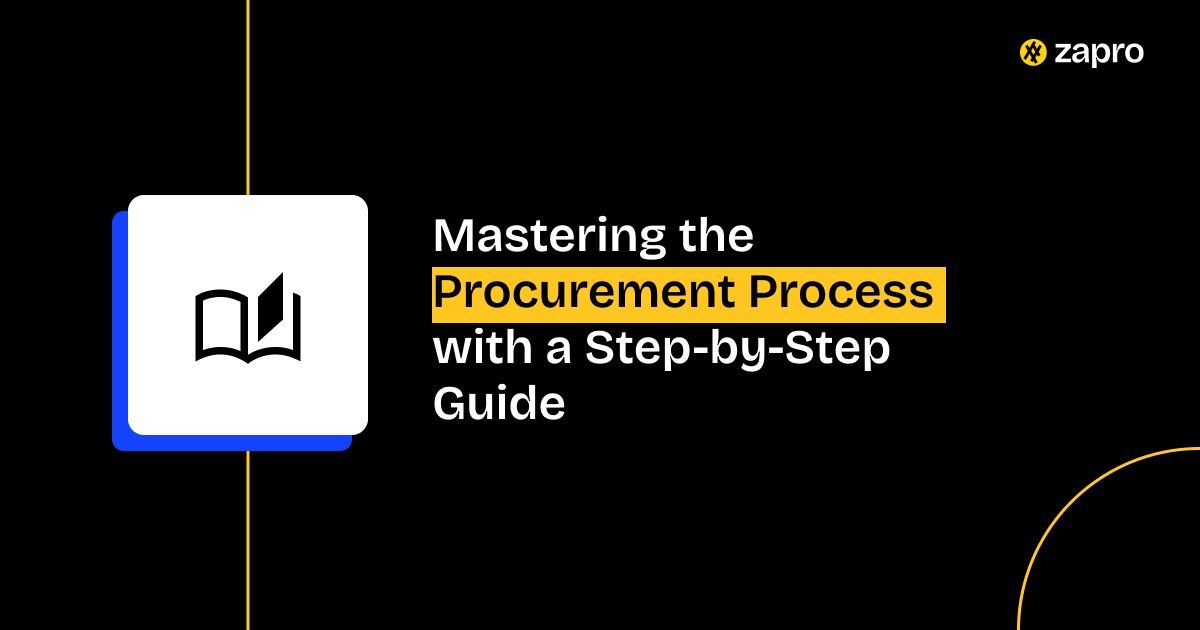
 Healthcare
Healthcare Financial Services
Financial Services Technology
Technology Venture Capitalist
Venture Capitalist Chief Procurement Officer
Chief Procurement Officer Chief Financial Officer
Chief Financial Officer